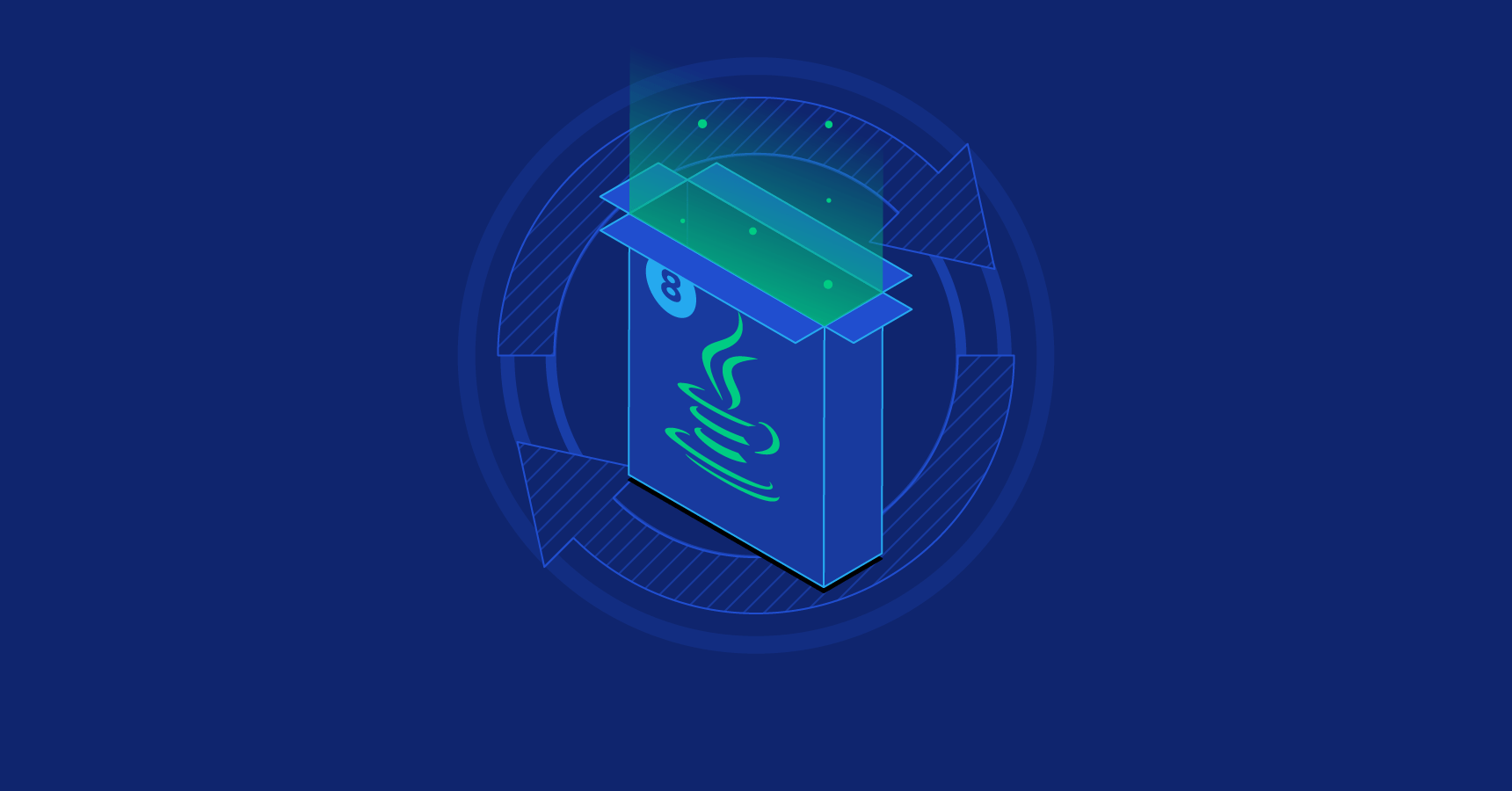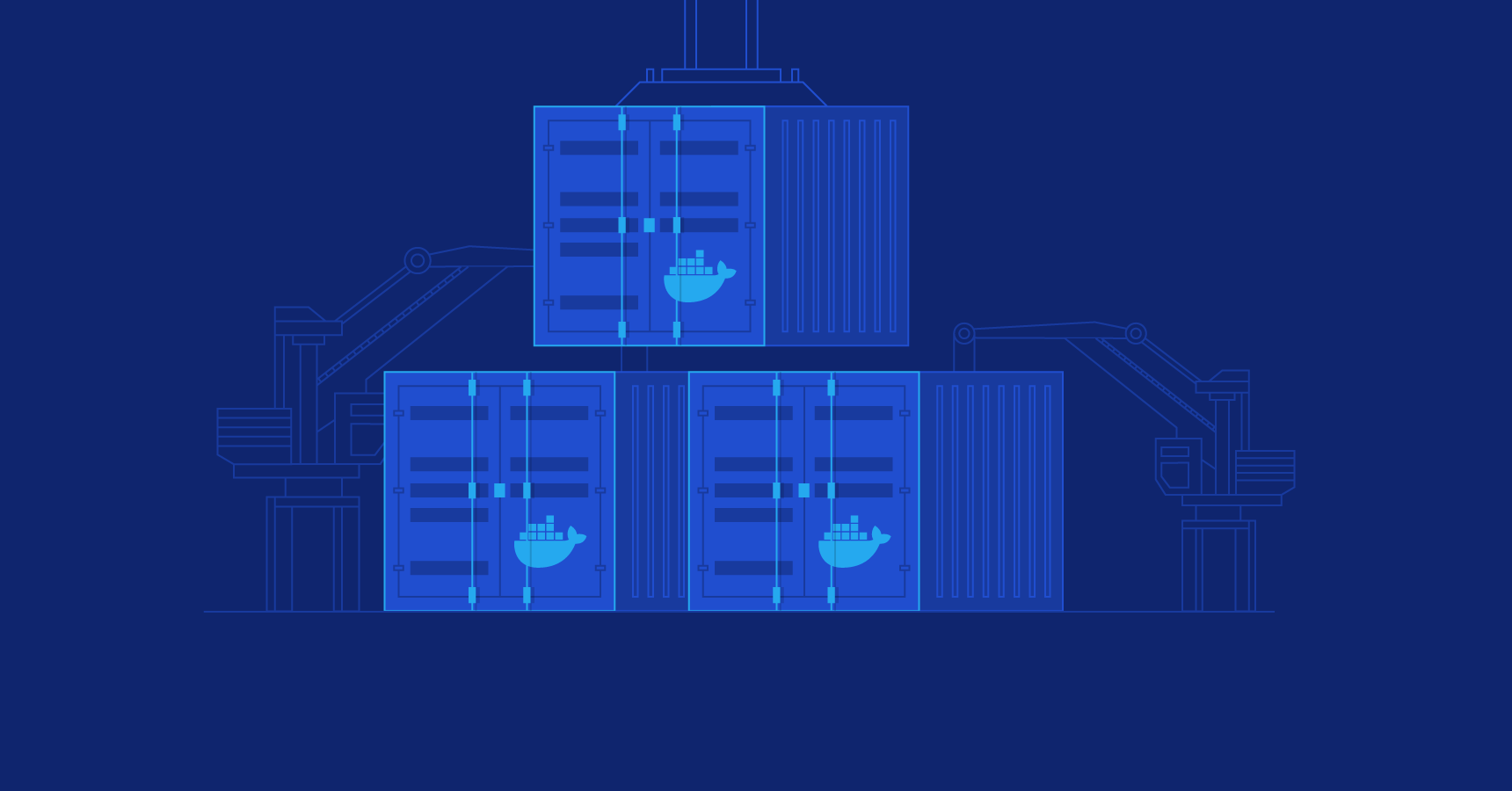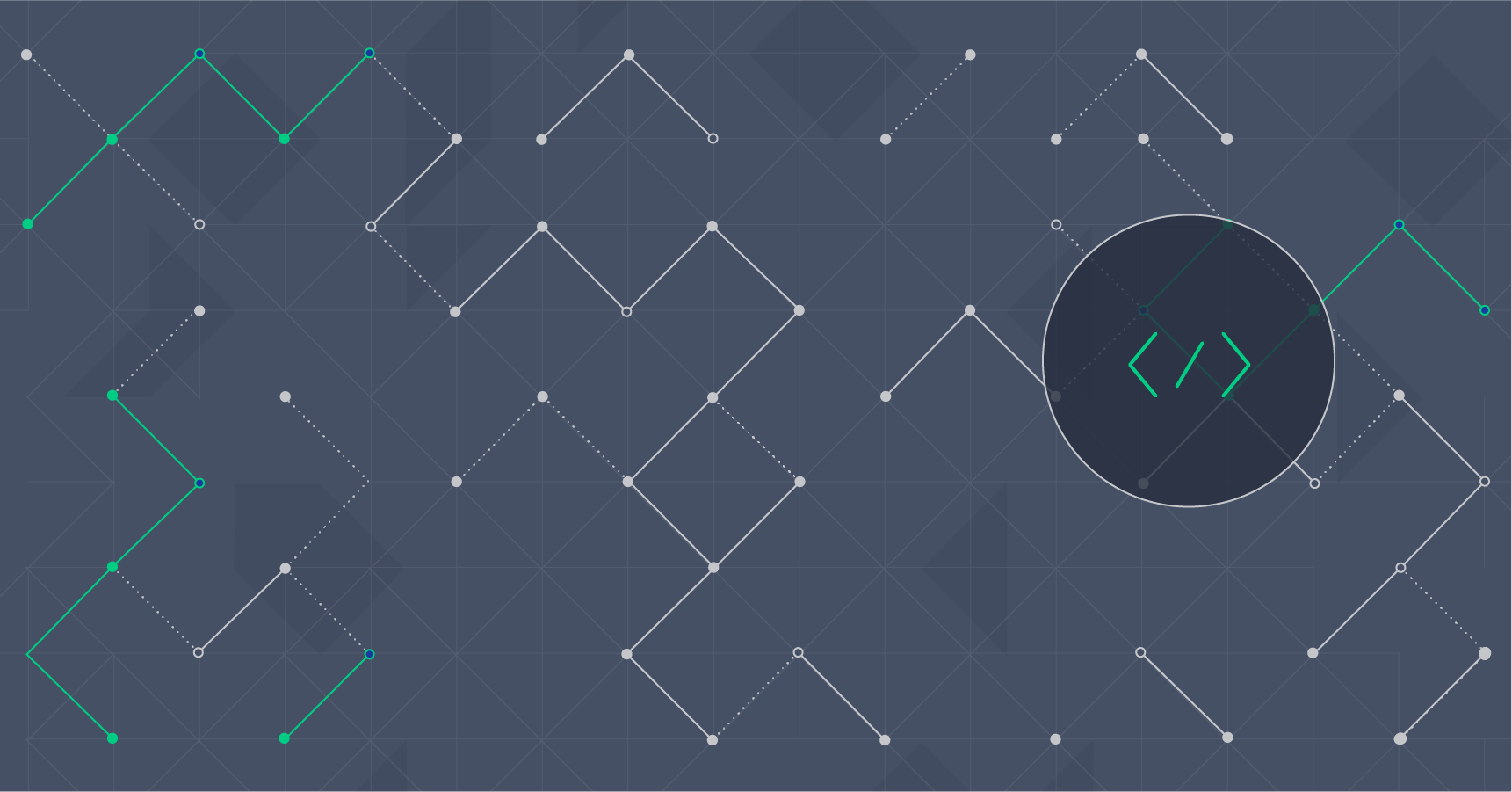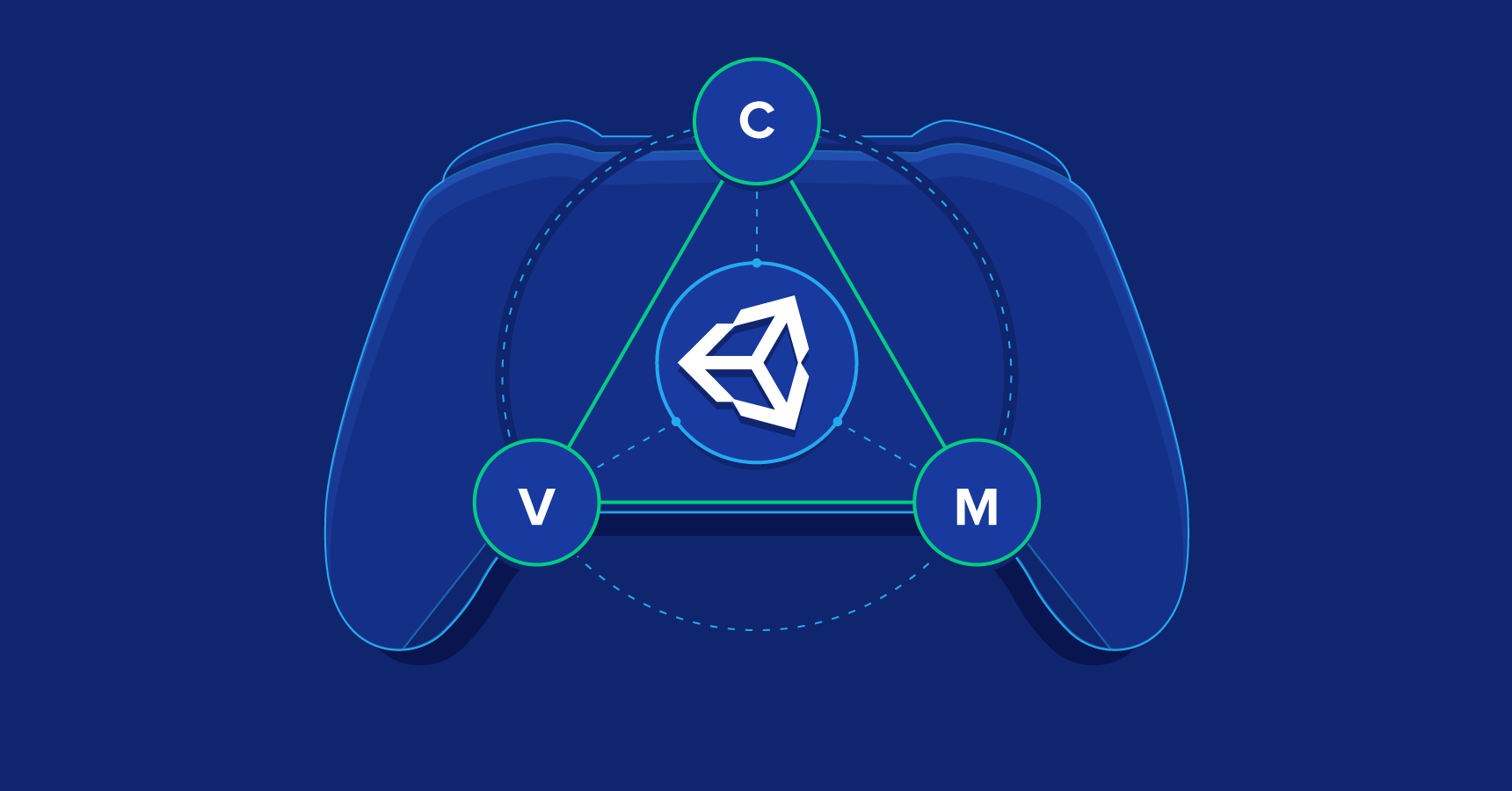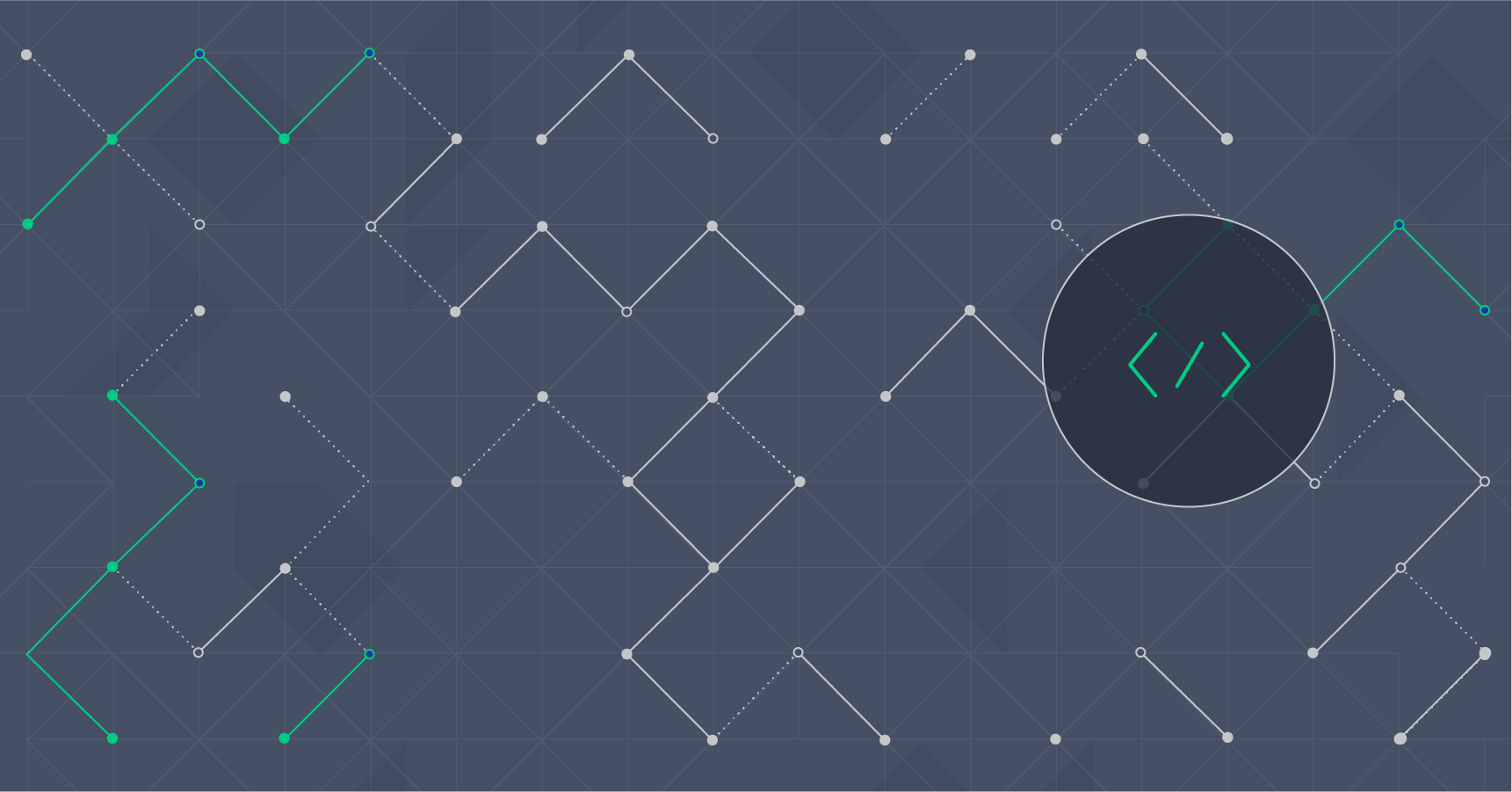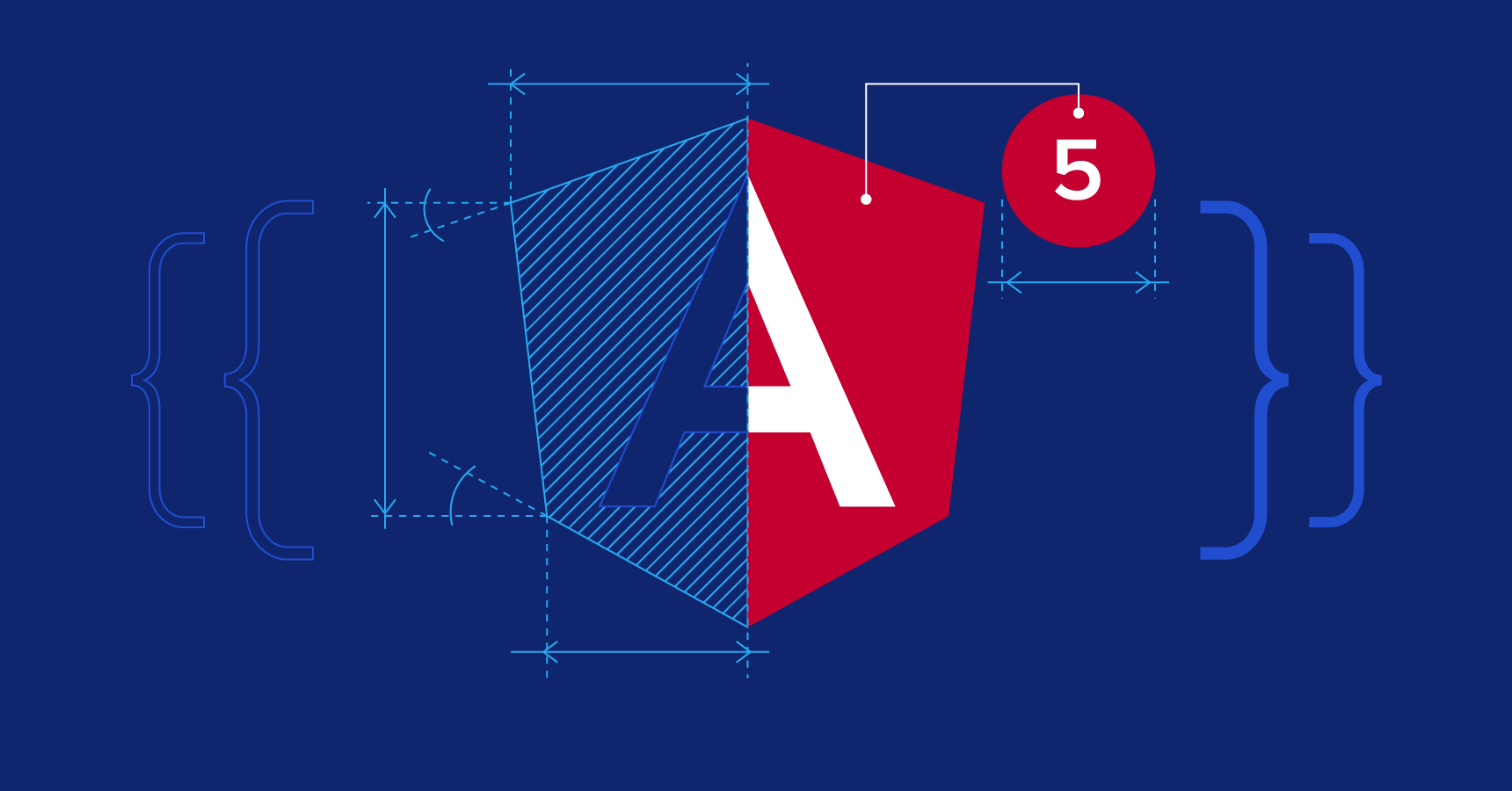Toptal Blog
The Toptal Blog is the top hub for developers, designers, finance experts, executives, and entrepreneurs, featuring key technology updates, tutorials, freelancer resources, and management insights.
Featured in
World-class articles, delivered weekly.
Why You Need to Upgrade to Java 8 Already
The newest version of the Java platform, Java 8, was released more than a year ago. Many companies and developers are still starting new applications with old versions of Java. There are very few good reasons to do this, because Java 8 has brought some important improvements to the language. I’ll show you a handful of the most useful and interesting ones.

Eduard Grinchenko
Eduard (MCE) is a talented Java engineer with rich expertise in OOP analysis. He’s worked the whole SDLC, from design to maintenance.
Cryptocurrency for Dummies: Bitcoin and Beyond
Bitcoin created a lot of buzz on the Internet. It was ridiculed, it was attacked, and eventually it was accepted and became a part of our lives. However, Bitcoin is not alone. At this moment, there are over 700 AltCoin implementations, which use similar principles of CryptoCurrency.

Demir Selmanovic
Demir is a developer and project manager with over 15 years of professional experience in a wide range of software development roles.
Getting Started With Docker: Simplifying DevOps
Docker, an open source tool, has changed the way we think about deploying applications to servers. By leveraging some amazing resource isolation features of the Linux kernel, Docker makes it possible to easily isolate server applications into containers, control resource allocation, and design simpler deployment pipelines. Moreover, Docker enables all of this without the additional overhead of full-fledged virtual machines.

Radek Ostrowski
Radek is a blockchain engineer with an interest in Ethereum smart contracts. He also has extensive experience in machine learning.
Building an MVC Application With Spring Framework: A Beginner’s Tutorial
The Spring Framework is a powerful, feature-rich, and well-designed framework for the Java platform. It offers a collection of programming and configuration models that aim to simplify and streamline the development process of robust and testable applications in Java. In this article, Toptal engineer Stefan Varga challenges the popular notion of Java as a complicated platform for simple needs, and walks us through a step by step tutorial to building a simple MVC application with the Spring Framework and JPA.

Stefan Varga
Stefan is a qualified software developer with a computer science degree and nearly a decade of experience in the tech industry.
Unity With MVC: How to Level Up Your Game Development
In this article I’ll relate my experience with the popular Unity game development platform and the Model-View-Controller (MVC) pattern for game development. In my seven years of development, having wrestled with my fair share of game dev spaghetti, I’ve been achieving great code structure and development speed using this design pattern.

Eduardo Dias da Costa
Eduardo is a developer with 12+ years of experience focused on client and front-end applications. He is always open to learning new things.
Digital Nomads Can Manage Teams, And Manage To See The World
Some people like the known and predictable. They freak out when their daily routine gets disrupted. But, I’ll bet if you are doing any kind of creative work like programming or design, you are not one of those people. Ordinary day-to-day office work will kill you. It will eventually strip your motivation, creativity or flare for what you do.

Lora Plesko
Lora has over 10 years of experience in IT as UX designer, business analyst, project manager, and QA.
Simplifying RESTful API Use and Data Persistence on iOS with Mantle and Realm
A large number of modern mobile applications interact with web services in one way or another, and iOS applications are no different. Mantle (a model framework) and Realm (a mobile database) come with the promise of simplifying some of the hurdles in consuming web services through RESTful APIs and persisting data locally. In this article, Toptal engineer Marcin Kmiec shows how to build a simple iOS application using Mantle and Realm and demonstrates how this approach helps to eliminate a large amount of boilerplate code.

Marcin Kmiec
With several important research papers published, Marcin’s put his PhD in computer vision to use developing C++/Objective-C/Swift apps.
Choosing The Best Headphones For Developers
Even if you have a brand new notebook and a flagship smartphone, you should not rely on stock hardware for professional voice calls. It’s simply not good enough; otherwise there would be no aftermarket audio industry to begin with.

Nermin Hajdarbegovic
As a veteran tech writer, Nermin helped create online publications covering everything from the semiconductor industry to cryptocurrency.
OpenGL Tutorial for Android: Building a Mandelbrot Set Generator
OpenGL, a cross-platform API for rendering 2D and 3D graphics, is extremely powerful and yet surprisingly easy to get started with. Although one may find the most common applications of OpenGL and rendered graphics in video games only, in reality there are far more uses. To demonstrate the power of OpenGL, we’ll be building a Mandelbrot set generator on Android using OpenGL ES.

Asa Kaplan
Asa is a computer science and math graduate with 6+ years of experience using Java, Python, and C++. He likes to work on machine learning.
Most-read Articles
An Angular 5 Tutorial: Step by Step Guide to Your First Angular 5 App
Adobe XD vs. Sketch – Which UX Tool Is Right for You?
The History of Remote Work, 1560-Present (with Infographic) (Updated)
World-class articles, delivered weekly.
Toptal Developers
- Algorithm Developers
- Angular Developers
- AWS Developers
- Azure Developers
- Big Data Architects
- Blockchain Developers
- Business Intelligence Developers
- C Developers
- Computer Vision Developers
- Django Developers
- Docker Developers
- Elixir Developers
- Go Engineers
- GraphQL Developers
- Jenkins Developers
- Kotlin Developers
- Kubernetes Experts
- Machine Learning Engineers
- Magento Developers
- .NET Developers
- R Developers
- React Native Developers
- Ruby on Rails Developers
- Salesforce Developers
- SQL Developers
- Sys Admins
- Tableau Developers
- Unreal Engine Developers
- Xamarin Developers
- View More Freelance Developers
Toptal Designers
- Adobe Creative Suite Experts
- Agile Designers
- AI Designers
- Art Direction Experts
- Augmented Reality Designers
- Axure Experts
- Brand Designers
- Creative Directors
- Dashboard Designers
- Digital Product Designers
- E-commerce Website Designers
- Full-Stack Designers
- Information Architecture Experts
- Interactive Designers
- Mobile App Designers
- Mockup Designers
- Presentation Designers
- Prototype Designers
- SaaS Designers
- Sketch Experts
- Squarespace Designers
- User Flow Designers
- User Research Designers
- Virtual Reality Designers
- Visual Designers
- Wireframing Experts
- View More Freelance Designers
Toptal Finance Experts
- Blockchain Consultants
- Business Management Consultants
- Business Plan Consultants
- Business Process Optimization Consultants
- Certified Public Accountants (CPA)
- Economic Development Consultants
- Equity Research Analysts
- Excel Experts
- Financial Benchmarking Consultants
- Financial Forecasting Experts
- Financial Modeling Consultants
- Financial Writers
- Fintech Consultants
- FP&A Consultants
- Fractional CFOs
- Fundraising Consultants
- FX Consultants
- Growth Strategy Consultants
- Integrated Business Planning Consultants
- Interim CFOs
- Investment Managers
- Investment Thesis Consultants
- Investor Relations Consultants
- M&A Consultants
- Market Sizing Experts
- Pitch Deck Consultants
- Private Equity Consultants
- Procurement Consultants
- Profitability Analysis Experts
- Real Estate Experts
- Restructuring Consultants
- Risk Management Consultants
- Small Business Consultants
- Supply Chain Management Consultants
- Valuation Specialists
- Venture Capital Consultants
- Virtual CFOs
- Xero Experts
- View More Freelance Finance Experts
Toptal Project Managers
- Asana Experts
- Blockchain Project Managers
- Business Delivery Managers
- Business Transformation Program Managers
- Client Delivery Managers
- Digital Project Managers
- Digital Delivery Managers
- Digital Transformation Program Managers
- eCommerce Project Managers
- Enterprise Coaches
- Jira Administrators
- Kanban Project Managers
- Lean Project Managers
- Learning Management System Administrators
- Mobile Project Managers
- PMI Project Managers
- PMO Specialists
- PMP Project Managers
- Prince2 Experts
- Program Managers
- Scrum Project Managers
- Scrum Coaches
- Scrum Masters
- Software Project Managers
- Software Development Project Managers
- Technical Business Analysts
- Transformation Project Managers
- Waterfall Project Managers
- Web Project Managers
- View More Freelance Project Managers
Toptal Product Managers
- Artificial Intelligence Product Managers
- Blockchain Product Managers
- Business Systems Analysts
- Cloud Product Managers
- Data Science Product Managers
- Digital Marketing Product Managers
- Digital Product Managers
- Directors of Product
- eCommerce Product Managers
- Enterprise Product Managers
- Enterprise Resource Planning Product Managers
- Freelance Product Managers
- Interim CPOs
- Jira Product Managers
- Kanban Product Managers
- Lean Product Managers
- Mobile Product Managers
- Product Consultants
- Product Development Managers
- Product Owners
- Product Portfolio Managers
- Product Strategy Consultants
- Product Tour Consultants
- Robotic Process Automation Product Managers
- Robotics Product Managers
- SaaS Product Managers
- Salesforce Product Managers
- Scrum Product Owner Contractors
- Web Product Managers
- View More Freelance Product Managers
Join the Toptal® community.
